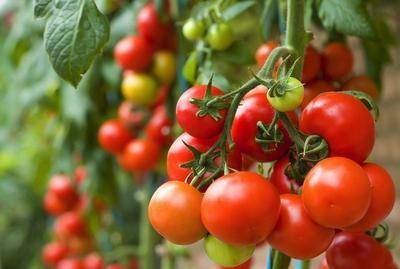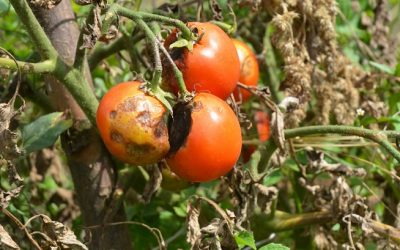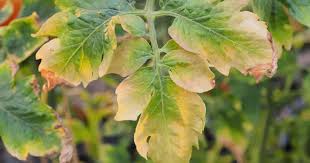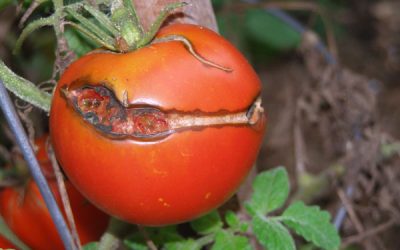Preparing ahead of the planting season

The good thing with the beginning of a new season is that one sees things in a fresh perspective, and there are new opportunities and targets as one plans.
For crop farmers, the best way to begin is by preparing a budget indicating the costs; from land preparation, seeds, fertilisers, chemicals, labour, marketing cost, packaging and transporting materials in case required and evaluate the expected yields and profits before venturing into the enterprise.
Soil testing
In most cases, farmers tend to utilise the land over the years until the soil is exhausted. Therefore, it’s vital to conduct a soil test before planting.
The test will establish the soil suitability for growing certain crops and guide you on how to apply fertilisers.
Market survey
Again, do a market survey to familiarise yourself with seasons, that is, when to produce with minimum cost and get higher prices.
For example, it’s economical to produce tomatoes during the dry seasons when there is little infestation of pests and diseases thus reducing the cost of chemicals compared to the wet seasons.
Farm records
It’s also critical to follow the basics of management by keeping good records and before using modern technologies, evaluate them and practice them carefully.
During selection of planting materials, one should review records of the last seasons.
For example, were there cases of disease persistence issues in the crop?
Acquire the best quality materials by considering varieties that are resistant to pests and diseases, especially the soil-borne.
Diseases arise due to the right combination of pathogens, host and environmental conditions commonly referred to as the “Diseases Triangle”.
Proper identification of diseases not only helps with control for the current crop but also for the coming seasons.
Check the product’s label
Farmers should also check out on the product’s label indicating the varieties’ resistance to different diseases. The growth habit of the crop variety is also a factor to be considered, for example, there are tomato varieties that are determinate and grow to a height of not more than a meter, sets fruits and starts ripening while the indeterminate can grow to a height of about 10 meters.
This requires intensive care, and support and harvesting can take place for a longer time.
Determinate varieties are also suitable for the cold climate where one needs to harvest the crops within a couple of weeks.
It’s wise to have crops with a shorter growing season since one can sell produce before the market floods.


